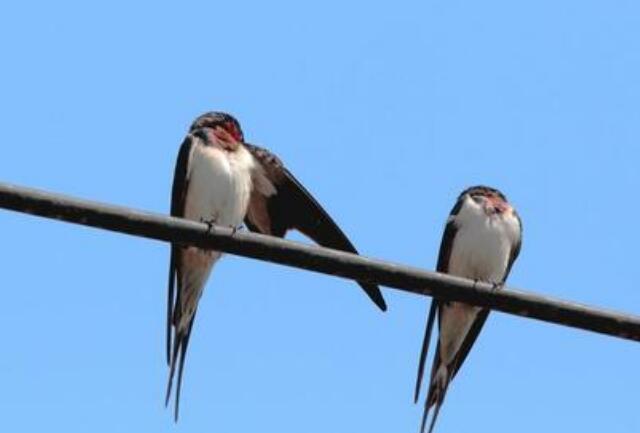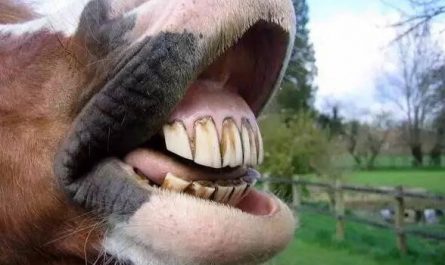The reason why swallows don’t stop in the tree
Swallow is a bird with strong flying ability, but its feet are very weak and not suitable for activities on the ground or branches. If the swallow rests on a tree with many branches and leaves, it will be blocked by the branches and leaves in danger. Take off in time, so it usually stops on an open object. When it is in danger, just let go of its foot and it is already in the air.
The swallow really likes to stand in an open place, which is related to its size and habits. Swallows have very long wings and tails and are very flexible in flight. However, they have a weakness: their feet are relatively weak, and they cannot take off quickly in small places with the pedaling force of their legs and feet, so they often choose wires, cliffs, and walls, such as the open space below. If it wants to take off, it’s already in the air as long as you let go! But it’s not absolute. For example, a swallow will go to the pond to make a nest in mud and have to land. At that time, it’s awkward to take off. So they will only fall on the ground when they feel absolutely safe. This is why swallows like to prey in flight. Once they land, it is more difficult to take off.
Introduction to Yanzi
General term for swallows. beneficial bird. It is small in size, with long pointed wings and a fork-shaped tail feather when it is flattened. It preys on insects when flying. It is distributed all over the world. There are nine species in China. For example, house swallows can be found everywhere in summer, nesting under the eaves of buildings, and flying to the south in autumn and winter.
Swallows are a genus of passerine swallow family. This is a small bird with a body length of 130 to 180 mm. The wing has a long tip and a fork-shaped tail. Most of its back feathers are blue and black, so in ancient times it was called Xuanniao. The wing tip is long and good for flying, the mouth is short and weak, and the mouth is wide, which is typical
Mouth shape of insectivorous birds. The feet are short and the claws are strong. There are 20 species in the world and 4 species in China, among which house swallow and golden waist swallow are more common. The front waist of the house swallow is chestnut red, the back of the chest has irregular horizontal bands, and the abdomen is milky white. Swallows generally breed in April to July. Barn swallows are nesting under the eaves of the farmhouse. The nest is made by sticking the mud and grass stems with saliva, and the inside is covered with soft
Grass, feathers, rags, etc., and some A. annua leaves. The nest is dish-shaped. Two litters are reproduced each year, mostly from May to early June and mid-June to early July. Each litter lays 4-6 eggs. The second litter is less, 2 to 5 pieces. Egg milky white. The male and female hatch their eggs together. 14-15 days after the young birds come out of their shells, the parents will feed them together. The chicks fly out in about 20 days, and then feed for 5-6 days before they can feed themselves. The food is insects. The golden-waisted swallow is shaped like a house swallow, but is slightly larger. This kind of swallow has chestnut yellow on the waist, which is very eye-catching, and the lower body has small black streaks, which is easy to distinguish from the house swallow. The habits are also similar to the house swallows, but most of them live in mountain villages. The swallow is a typical migrating bird. After the breeding, the young birds still follow the adult birds and gradually gather in large flocks, migrating south and overwintering before the arrival of the first cold wave.
In addition, this term is also used in Asia to describe female agents who have been systematically trained for secret activities.






